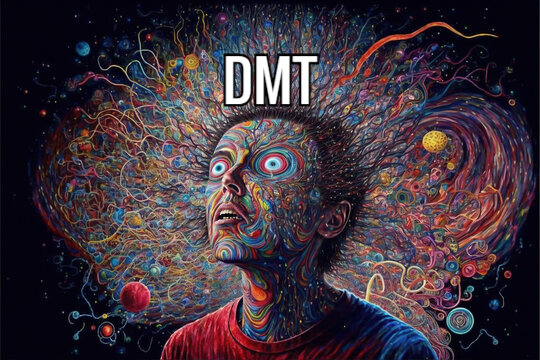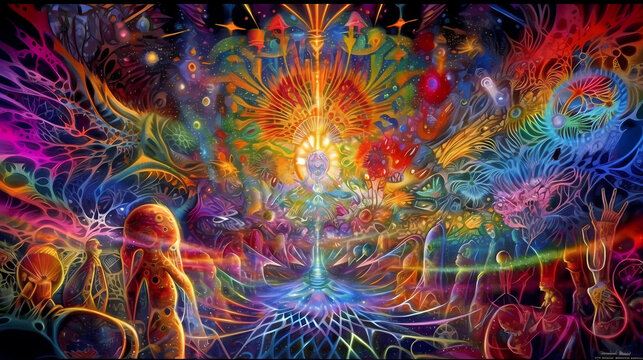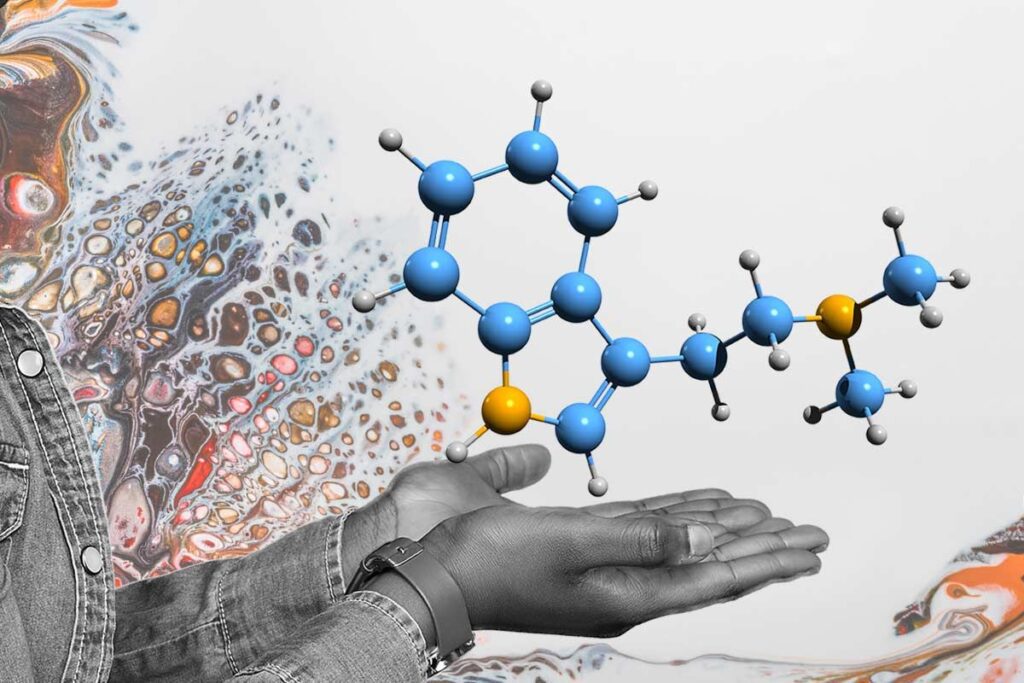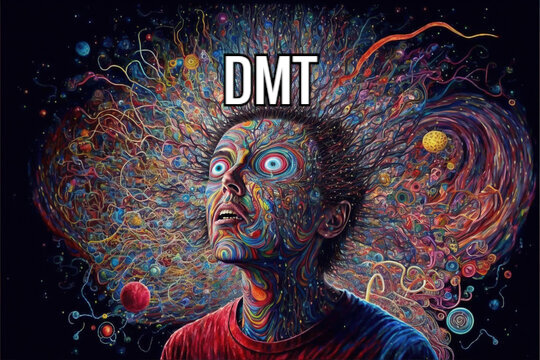
N, N-Dimethyltryptamine (DMT) is a fast-acting psychedelic substance that produces a brief but fully immersive hallucinogenic experience. People who take DMT often say it transports them to an alternate reality.
Depending on how much you take, the effects of pure DMT typically last anywhere from 5-20 minutes. The intensity and length of a trip also depend on:
- weight
- sex
- whether you’ve recently eaten or not
- whether you’ve taken other drugs
- how much you use
- how you take it
Chemical composition of DMT
DMT belongs to a class of chemical compounds called tryptamines, which primarily alter serotonin levels in the central nervous system. Serotonin is a neurotransmitter involved in the regulation of mood, appetite, sleep, and memory.
DMT is found in trace amounts throughout nature, including the human body. Evidence shows that a key enzyme for DMT synthesis, called indole-ethylamine-methyltransferase (INMT), has been detected in the human cerebral cortex and pineal gland.

What is DMT used for?
People take DMT to alter their consciousness for therapeutic, spiritual, or recreational purposes.
DMT is typically smoked, vaporized, snorted, or injected. The pure compound is not active when taken orally, because a digestive enzyme in the gastrointestinal (GI) system called monoamine oxidase breaks it down before it can affect the brain.
DMT has a long history of ceremonial use, particularly as the active ingredient in ayahuasca, a plant-medicine drink used by indigenous populations in South America, such as Ecuador, Columbia, Peru, and Brazil.
Ayahuasca is typically prepared from the DMT-concentrated Psychotria viridis and the Amazonian vine Banisteriopsis caapi, which contains monoamine oxidase inhibitors (MAOI) that inhibit DMT breakdown in the GI system, allowing it to be active when taken orally.
Are ayahuasca and DMT the same?
Not quite, but they’re related. DMT is the main hallucinogenic component in ayahuasca, a plant-based brew often used in cultural ceremonies. Differences between ayahuasca and DMT include:
- DMT is typically taken in a pure form, while ayahuasca contains plants and other ingredients
- DMT seems to be more potent and lead to more intense trips than ayahuasca
A common myth is that DMT mirrors the human experience during death. In a 2000 book “DMT: The Spirit Molecule,” proposed that the pineal gland excretes large amounts of DMT during birth and death, and for a few hours after death.

What does DMT feel like?
Many report an all-consuming hallucinogenic experience, as well as communicating with alien-like beings.
Effects of DMT include:
- vivid hallucinations
- euphoria
- floating
- altered sense of time
- depersonalization, or an out-of-body experience
A recent study delivered the first in-depth analysis of DMT, revealing the intensity of a DMT trip. The analysis asked 39 mentally healthy participants to share their experience of what their DMT trip was like.
Of the participants, 94% reported encountering sentient entities.
While most of the entities (81%) had a visual form, some participants described a “sensed presence,” either defined as a specific entity without form or as an “omnipresence.”
These entities, often described as intelligent and benevolent, are referred to as “machine elves” in DMT circles. Of the participants, 33% said they’d received a message while on DMT.
DMT is a simple compound found throughout nature — including the human body — that has a profound effect on human consciousness.
Known for its vivid but short trip, DMT can dramatically shift your perception and sense of reality.
If you decide to try DMT:
- always have a friend or “trip sitter” close by to watch over you
- be in a good state of mind
- choose safe, clean, natural surroundings






